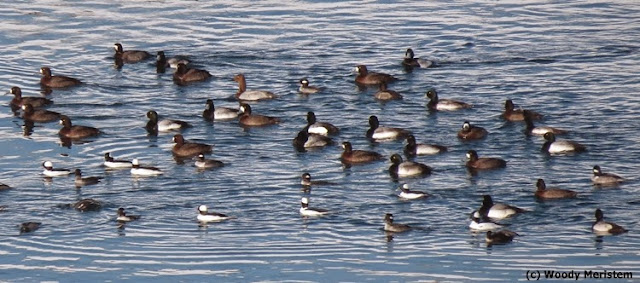In 2013 the camera traps at the edge of the woods
behind the house caught several different house cats – some only once, others
quite regularly. We don’t have a cat, nor do any of our immediate neighbors and
none of the cats wore a collar; so where did these cats come from?

The University of Illinois, in 2011, reported on a
two-year study of free roaming house cats that yielded surprising results.
Radio collars were placed on 42 adult cats, both feral (un-owned) and pet cats
that were allowed out to roam. One of the feral cats had a home range of over
1,350 acres. The pet cats were relative homebodies with an average home range
of about five acres.
Now I’m a fan of predators – coyotes, bobcats,
foxes, weasels, shrews, hawks and owls are much more interesting to me than
their prey. But, I’m no fan of free roaming house cats! Most of those cats are,
to some degree, fed by people, either their owners or kind-hearted souls who
put out food for the feral cats in their neighborhoods. Those well fed cats
continue to kill, not to eat but to fulfill their predatory instinct.
Some may argue that house cats merely take the place
of wild predators in developed areas. But the population density of house cats,
feral and roaming pets combined, is typically far higher than the populations
of the wild predators they’ve supposedly replaced.
According to ScienceNews
(February 2013), a team of biologists associated with the Smithsonian
Conservation Biology Institute estimates that cats kill between 1.3 billion and
4 billion birds and between 6.3 billion and 22.3 billion small mammals each
year in the United States. That’s billion – with a “B”. The bird kill is
estimated to be about 15% of all the birds in the U.S.
Birds and small mammals have high mortality rates for a wide variety of
reasons, from predation to disease to vehicles and pesticides. But the
additional mortality due to house cats almost certainly pushes some species of
wildlife over the brink in certain landscapes.
Unfortunately, many cat lovers don’t realize or
won’t acknowledge the havoc that house cats cause to populations of native
wildlife – or maybe they just don’t care.






















.JPG)
.JPG)
.JPG)
.JPG)